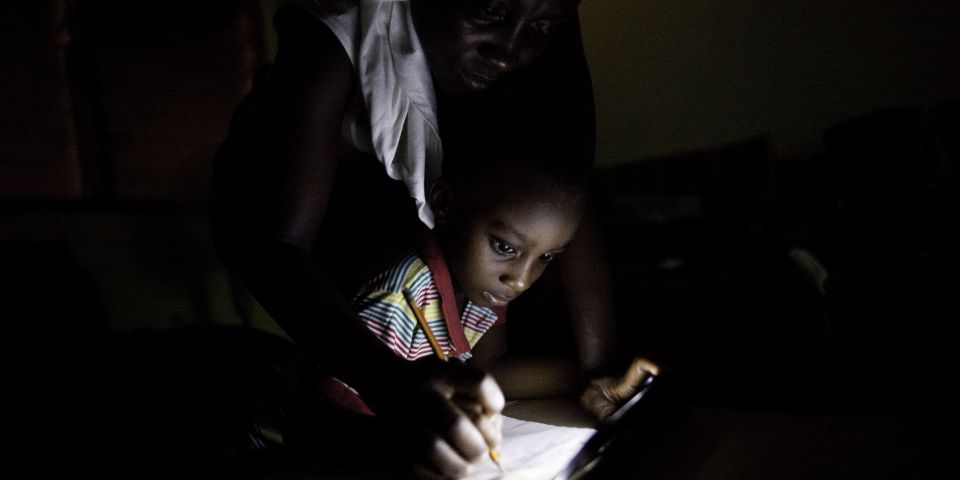Jarrod Goentzel, Tim Breitbach, MIT Comprehensive Initiative for Technology Evaluation (CITE)
Partners: Solar Sister
Solar lanterns have the potential to impact key development outcomes for parts of the developing world that have low or unreliable electrical coverage, or that seek a more afforadable alternative for electricity. According to World Bank indicators, Uganda’s electrification rate is around 10 percent (5 percent in rural areas), which is low even relative to that of other sub-Saharan African nations at around 30 percent. Solar lanterns may have a significiant effect on the well-being of Ugandan households due to the country’s limited and unreliable access to power infrastructure. Access to electricity is critical to human development as it frees up time for education and health, allows for refrigeration, and replaces costly and polluting alternatives, such as kerosene.
Due to the recent increase in use of small-scale technologies like solar lanterns in the developing world, development professionals must make tough purchasing decisions with both limited time and budget. This is especially important when nearly 2.7 billion people around the world must live under $2 a day; leaving no room for a product to fail. This study focuses on refining the product evaluation process to make it cheaper and more efficient for institutional buyers to invest in the highest performing and most cost-effective products available. Thus, reducing waste and increasing benefits to consumers. Researchers for this study conducted hundreds of interviews, surveys, and field tests with suppliers, consumers, manufacturers, and nonprofits to evaluate 11 locally available solar lantern models in western Uganda. This study is based off of the idea that evaluating a product solely from a technical point of view is not enough to develop a deep understanding of what makes a product successful in developing countries. Instead, the Solar Lanterns Evaluation project assessed the solar lantern products based on three principle dimensions:
- Suitability (the ability of the product to perform its intended purpose)
- Scalability (the capability of the supply chain to scale up at an effective cost as demand increase in order to reach consumers)
- Sustainability (the likelihood that product use will be sustained overtime given the social, economic, and environmental context)
Each solar lantern was then given a rating score from 0 to 100 based on the performance of the product’s attributes (characteristics common and central to solar lanterns like brightness, runtime, and time to charge) and features (characteristics common, but less central to solar lanterns like the ability to charge a cell phone). Based on the results of the study, some of the Solar Lanterns Evaluation project’s noteworthy findings include:
- A solar lantern’s ability to charge a cell phone was one of the most crucial features to the users surveyed.
- For users surveyed, the number one barrier to adoption was cost. Users cannot afford the product, and microfinance options are limited.
- Users surveyed lack confidence in the product based on poor experiences with other solar lanterns in the past.
The evaluation report of this study is meant to help institutional buyers ensure that the supply chain of their selected OEM will deliver both the product and aftermarket support intended for poverty alleviation in developing countries, such as Uganda.
To view the complete report, visit http://cite.mit.edu/reports/solar-lantern-evaluation.

